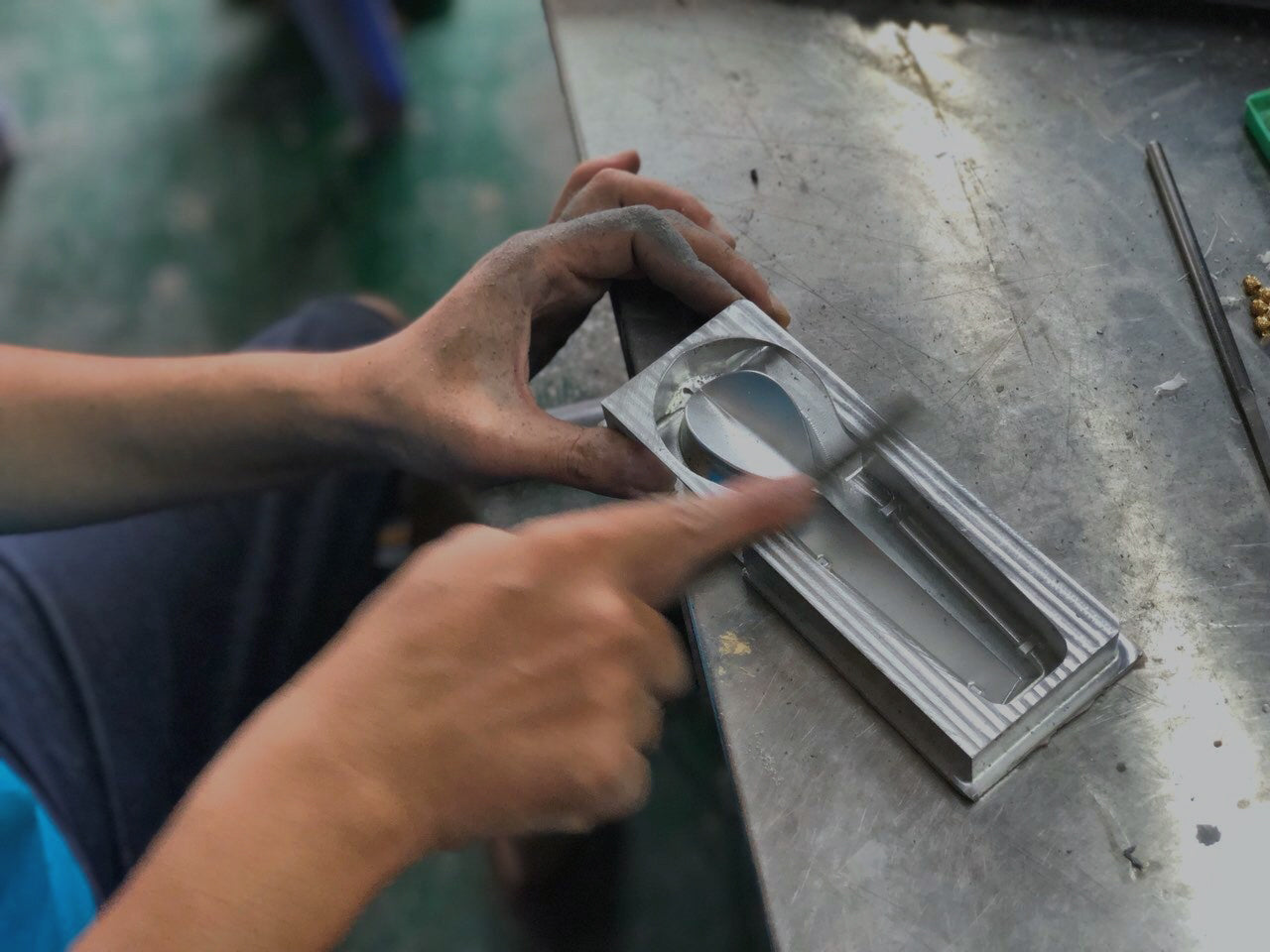Danish design is a design philosophy from Denmark. There you go, I said I’d keep it simple.
For those who want a bit more detail, it’s roots can be traced back to around 1915. Radically, for the time, craftspeople began to quietly rebel; believing in the inherent beauty of product details born out of functional need, rather than those added superficially.
in response to the far more elitist ‘Art Nouveau’ movement, disillusioned Danish designers began to strip away the decorative and pompous elements that were defining the era.
Over the next few decades, this approach was distilled and popularised, evolving into a concrete philosophy that our small country would export to the world. In a nutshell, this philosophy can still be explained as it was back then - simple, functional products that are designed in harmony with their environment and aim to bring good design to the masses; not in quantity, but in quality. To understand this fully, it is worth examining these elements in isolation.
Firstly, at its core, Danish design philosophy began, and remains, the permission for an object’s function to exist front and center - not as a necessity that should be hidden, but as its purpose that should be celebrated. This belief is best illustrated by contemporary scholars of Danish design such as Apple, who’s newest iPhones refuse to shy away from their camera lenses. Instead, the products revel in them and leverage their protruding nature as the only means by which to orientate the product. Similarly, James Dyson publicly chuckles at his company’s enormous collection of awards, repeatedly emphasizing that his team’s focus is always on a product’s function, not its form.
However, what we recognize as beauty today was a radical departure a century ago. And that was exactly the point. The pioneers did not set out to create a new style of art, they set out to create products. Well made, long-lasting and affordable products that could bring quality to the people. In stark contrast to Art Nouveau’s asymmetry and “whiplash” curves, Danish design is inherently democratic and aims not to decorate or embellish, but to support and sustain. True Danish design is not concerned with creating ornaments, it is concerned with creating tools.
form follows function in Danish design, and it is the confidence to lean into this that ensures beauty.
And these tools were not designed for anyone, they were designed for Danes. Many of the features that we mistake as essential to Danish design are in fact just a reaction to the environment that early designers existed in. For example, the philosophy does not express a preference for white over any other color as many believe, however, it was a clever furnishing choice for the dark, candle-lit homes that early users lived in over Denmark’s long winters. Thus, it must be stressed that no color embodies Danish design. Instead, it is defined by a concern for the environment that its products will exist in, aiming to live in harmony with it to elevate the user experience.
Furthermore, it is also concerned with the natural environment in which we all live, and the movement has an extremely symbiotic relationship with nature; drawing inspiration from it and, in return, giving birth to long-lasting products that aim to minimize their lifetime impact on the planet. Take HØJ for example, where all our products are contained in compostable plastic and sustainable cork, made from recyclable materials, and created to last a lifetime (literally). We take this approach because we feel a debt to the planet, not just as our home, but as our design partner. The waterless filter in KØL is based upon the design of a Mako shark’s gills, its form on that of a leaf, and KLIP’s magnetic assembly is inspired by the poles of the Earth. We don’t want our products to hinder the natural world because we understand that evolution can teach us more than any design professor.
the philosophy does not express a preference for white over any other color as many believe, however, it was a clever furnishing choice for the dark, candle-lit homes that early users lived in over Denmark’s long winters.
And it's not just in this respect that we exhibit our Danish roots. Our designers were raised to care about quality and have hundreds of prototypes and iterations of KLIP to prove it. This is why our products function at a higher level than others because that is their only reason to exist. They are tools made for, and with, their end-users in mind. And they are beautiful. Not because they are made to sit there and look pretty, but because of the exact opposite – they look and feel like they were made to be held. 
We are proud to be a Danish company run by Danes, and we wanted to share with you what Danish design means to us - how it's shaped our outlook, our core values, and our products - and why we think it’s the best way to approach design.
Although, admittedly, we might be a little biased!



3 comments
I wish you had a video.
I am so incredibly impressed with my new KØL pipe! It is perfect in every way and completely lives up to its claims. Absolutely brilliant! Thank you for this!!!
Where can we purchase your product?